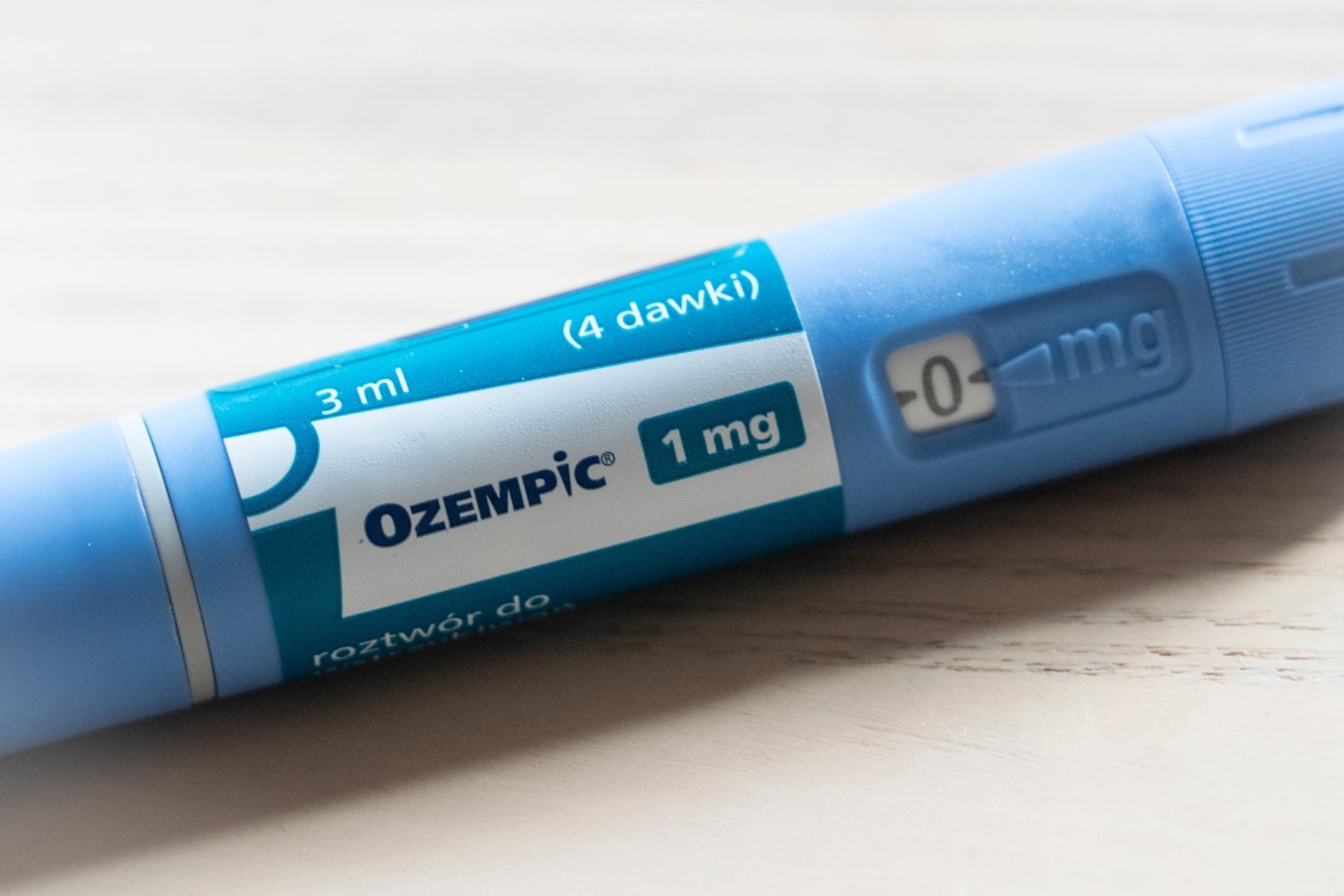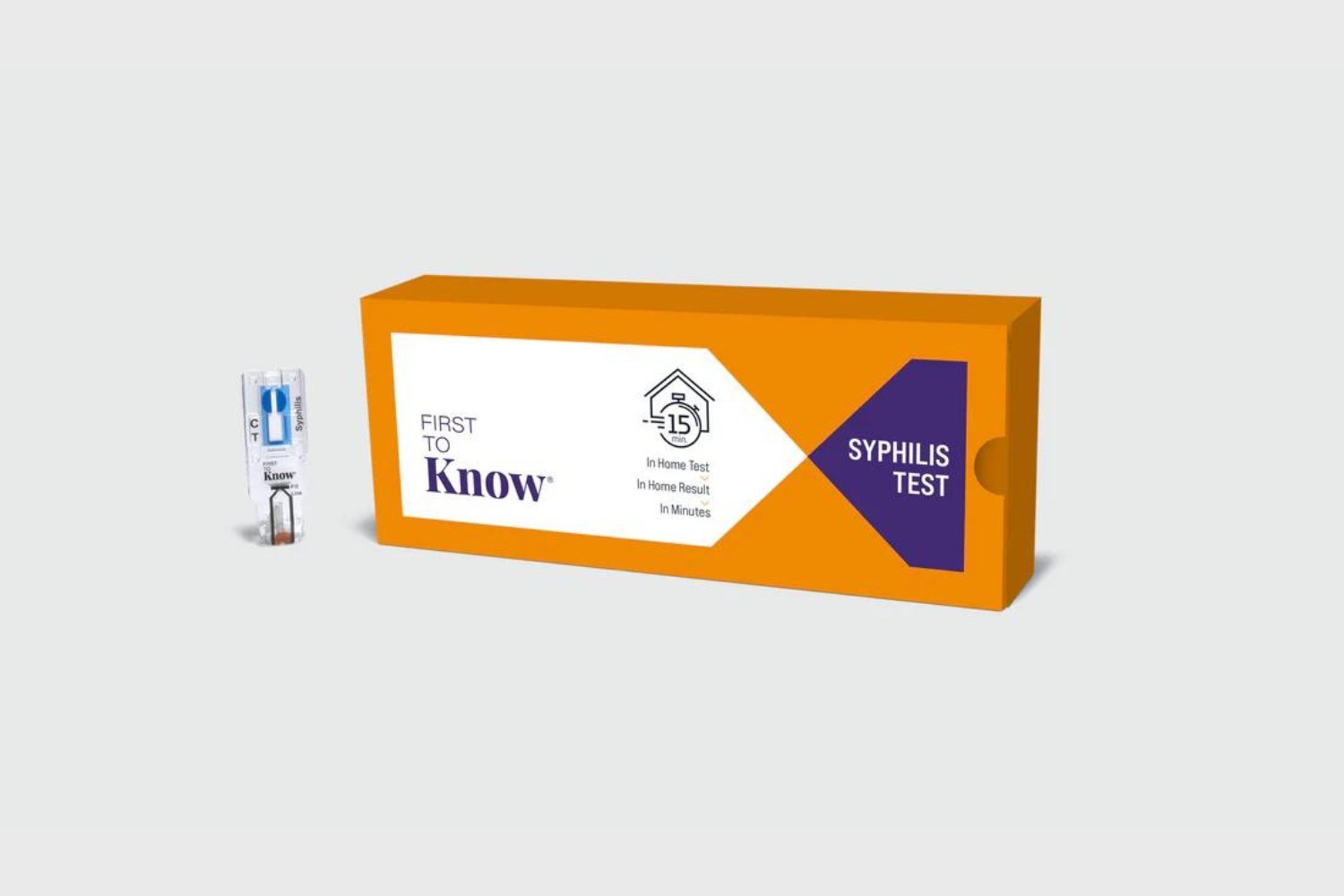Semaglutide, the active ingredient in Ozempic and Wegovy, is gaining recognition for its potential beyond diabetes and obesity treatment. A recent study suggests a link between semaglutide and a decreased risk of opioid overdose in individuals with opioid use disorder (OUD). This discovery offers a glimmer of hope in the ongoing fight against the opioid crisis.
While semaglutide’s effectiveness in managing type 2 diabetes and obesity is well-established, researchers are increasingly exploring its other potential benefits. Scientists at Case Western Reserve University have focused on the drug’s impact on cravings for addictive substances, including opioids. Their research has yielded promising results, suggesting a new avenue for addressing opioid addiction.
The researchers analyzed health records of 33,000 patients diagnosed with both opioid use disorder and type 2 diabetes. They compared outcomes of patients prescribed semaglutide (initially approved for diabetes as Ozempic) with a control group receiving other antidiabetic medications. The study, published in JAMA Network Open, revealed that the semaglutide group experienced a significantly lower risk of opioid overdose – up to 68% lower depending on the comparison drug – over the following year.
This study, designed to mimic a randomized controlled trial, provides compelling evidence for semaglutide’s potential in addiction treatment. While not definitive proof, it reinforces earlier research from the same team linking semaglutide to reduced nicotine cravings. Other studies have also suggested its efficacy in mitigating alcohol abuse.
Semaglutide mimics the hormone GLP-1, which plays a role in regulating the brain’s response to addictive stimuli. While the exact mechanism remains unclear, the interaction of GLP-1 receptors with addictive substances offers a plausible explanation for semaglutide’s observed effects.
Although effective treatments for OUD exist, access remains a significant challenge. Only a fraction of eligible patients receive these treatments due to various factors, including misconceptions surrounding medication-assisted treatment. The potential of semaglutide as an additional treatment option could significantly improve access to care and help individuals manage their OUD. This is particularly crucial given the severity of the opioid crisis, which claims over 100,000 American lives annually.
Large-scale clinical trials are necessary to confirm the long-term benefits of GLP-1 therapies for addiction. Researchers have already initiated trials investigating semaglutide’s efficacy in treating alcohol use disorder. Given the promising findings related to opioid overdose risk, similar trials for OUD are likely on the horizon.
This research provides a beacon of hope in the fight against opioid addiction. While further research is needed, semaglutide’s potential to reduce overdose risk could significantly impact the lives of individuals struggling with OUD and contribute to addressing the devastating opioid crisis.











